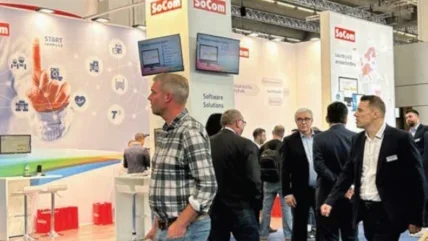
At Texcare International in Frankfurt last November, if anyone had any lingering confusion about what integrated commercial laundries really are, a visit to the mammoth stands of the market leaders would have made it very clear. At the risk of oversimplifying things, an integrated laundry is a seamless operation from pick up of soiled line from the customer through the whole laundry process, out the other end and back to the customer. That is it on the surface.
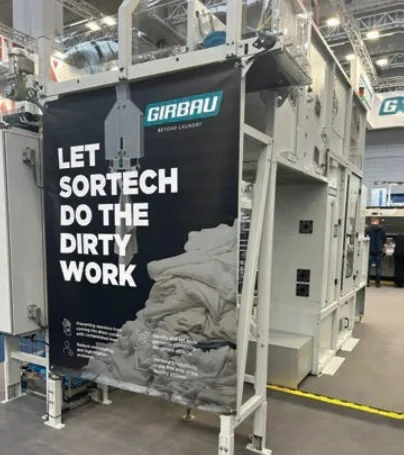
Underneath and propping it all up is the masterly blending of hardware and the software that maps and plans just about every function and movement in the laundry. Along with utilisation of AI, robotics and digitalisation, this really is the age of the Industrial Revolution version 4. Or Industry.4.0 as we have learned to call it. And it is all made possible because of the Internet of Things (IoT).
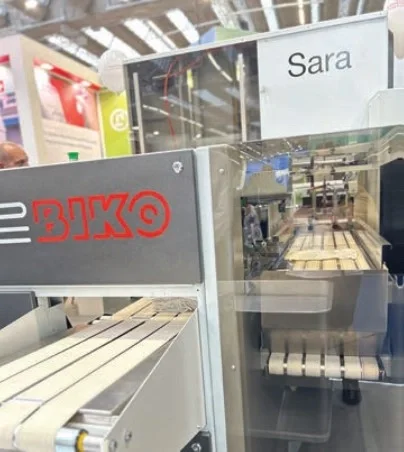
IoT is the label concocted to describe the collective network of connected devices and the technology that enables communication between devices and the cloud, as well as between the devices themselves.
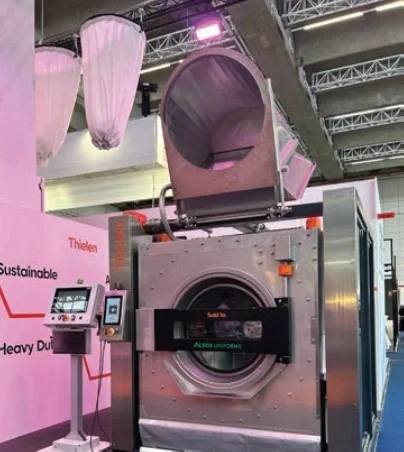
The result of all this wizardry is that we now have machines that talk to one another. For example, and in its simplest form, a tunnel washer will tell the press it is about to expel a load, the press will come down, extract the water from the cheese and return the rinse water to the tunnel to be used for the first wash of a new batch. Simultaneously, the software will tell the conveyor to take the wet wash to a dryer. The conveyor will deposit the wash in the dryer, having been directed to the very one that has just emptied. That dried linen will already be headed for the finishing line where it will be picked up, identified, fed, ironed and automatically folded, sorted and shunted onto a conveyor which will put it in the delivery area.
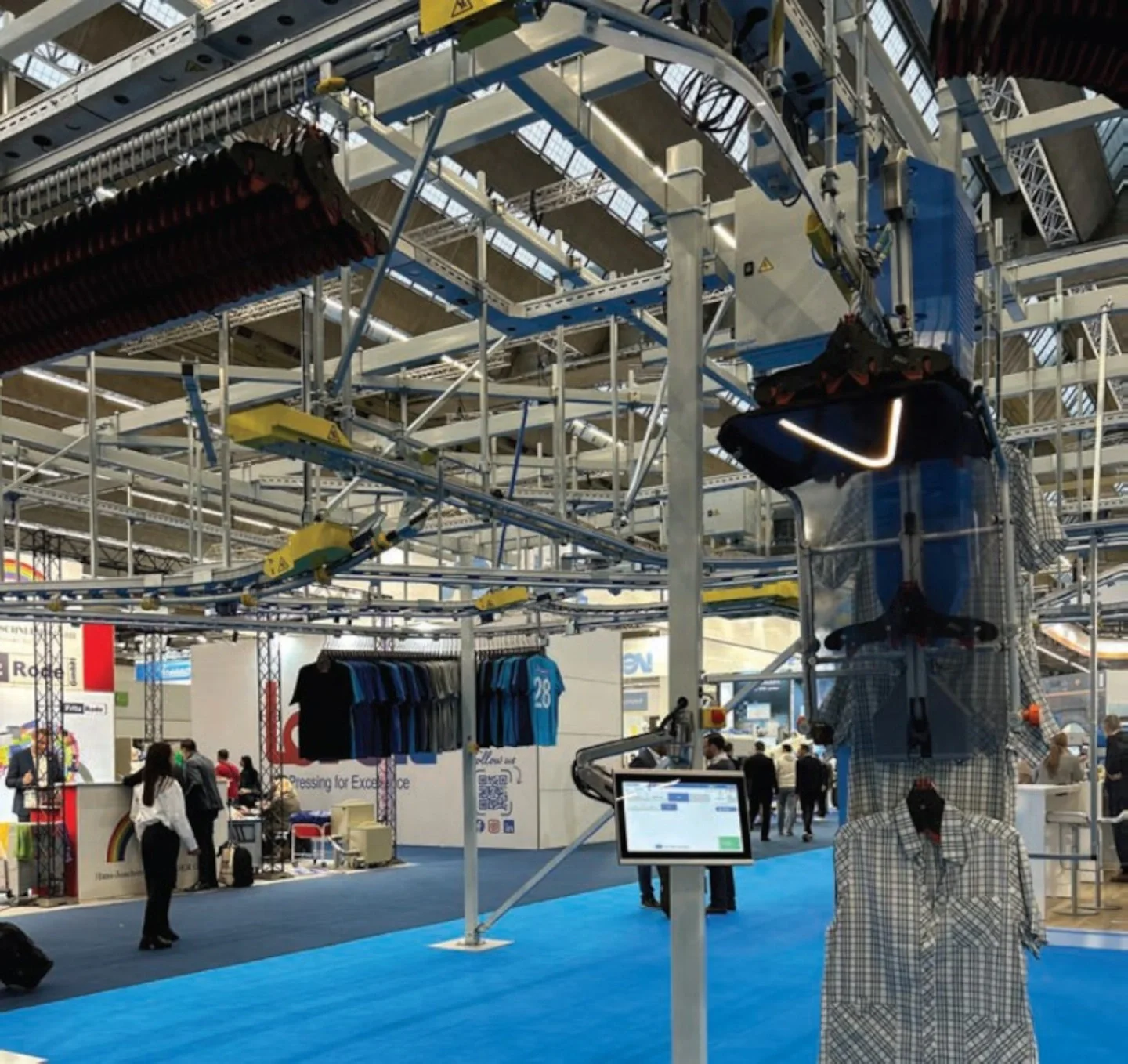
What also needs to be mentioned is that the initial sorting stage when the soiled linen comes in, there is really no need for human intervention any more. So no worries about getting stabbed with a sharp as the AI sorting robots will identify and discard items with foreign biodies in e and will also sort the linen into the right categories, moving scrubs into one area, uniforms into another and sheets and towels into their individual areas.
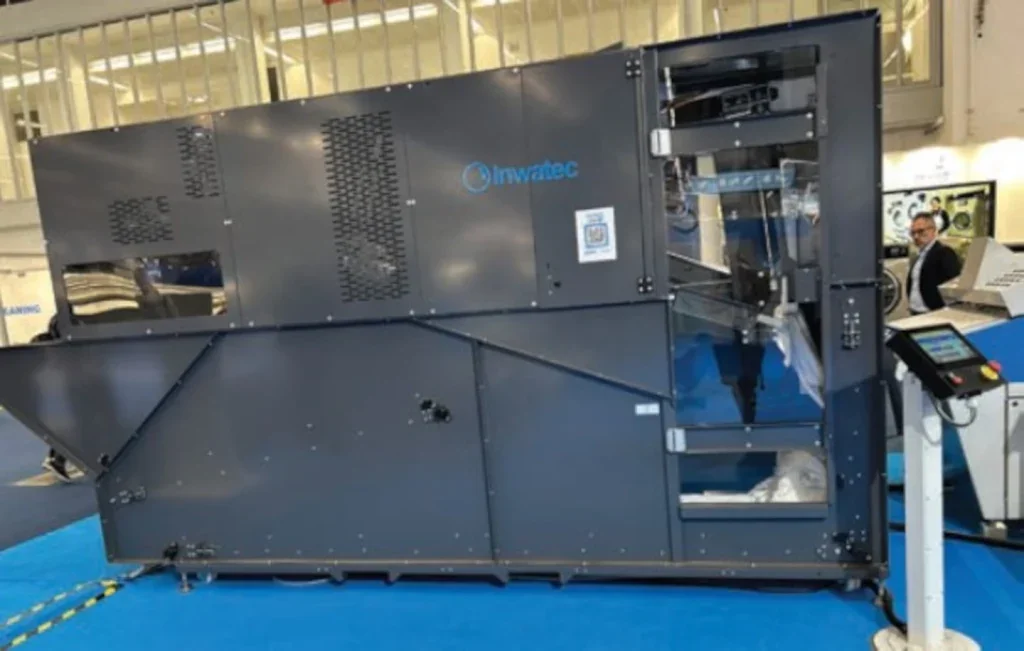
The finishing line is no less interesting with the machines able to recognise the difference between sheets and pillowcases, table cloths and napkins and react accordingly.
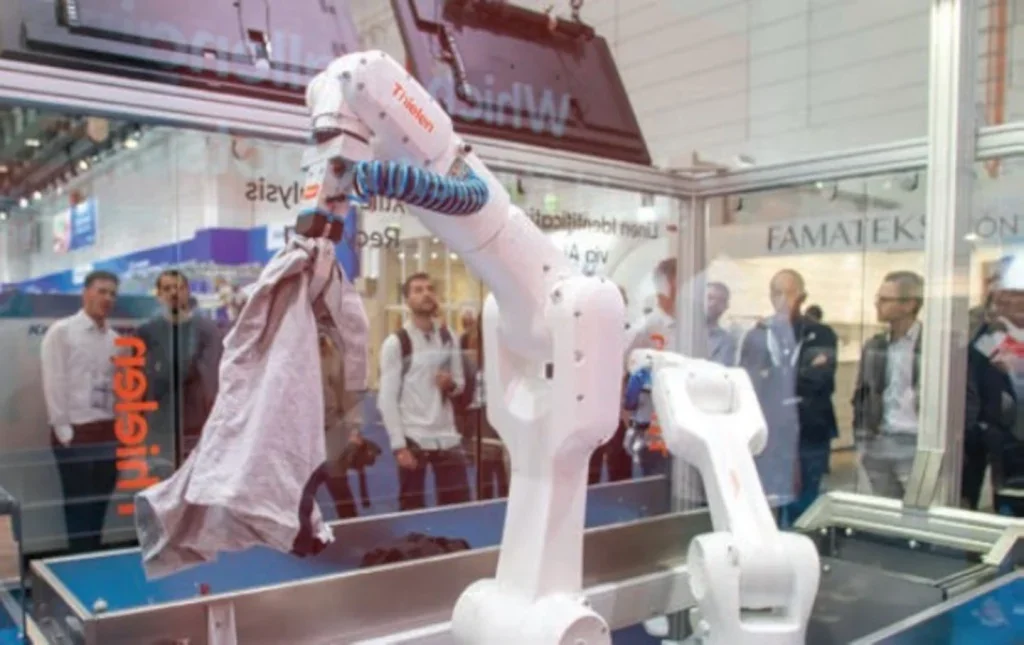
Will there soon be laundries that need no personnel? Well, it is possible but we are not there quite yet. The great thing now is that with labour shortages and the worries about rising operating costs, the levels of efficiency an integrated laundry can really help address these worries at least.
Digitalisation and automation
At this year’s Texcare International in Frankfurt, SoCom presented itself as one of the pioneers in digitalisation and automation for the textile service industry. With modular applications such as the Tex Repair app and systems for wash plan and package management, the software company presented further innovations around its TIKOS software solution.
Socom’s focus was the expansion of paperless workow. New modules and apps continue to optimise processes from goods receipt to internal processing stations to delivery, including eet management. With the 2025 update, the new solutions texRepair – an app for iOS and Android – as well as the systems for wash plan and package management will be available, enabling additional revenue opportunities as well as signi‑cant time and cost savings.
SoCom’s solutions are based on complete integration and automation that meets the industry’s increasing demands. The aim is to increase transparency and ef‑ciency in laundries, which is made possible by innovative interfaces to machines and other systems. Digitalisation plays a central role in this: not only does it open up new possibilities for increasing ef‑ciency, but it is also already a necessary standard due to legal requirements, such as the introduction of electronic invoicing.
TIKOS’ modular design makes it possible to optimally support businesses of all sizes – from small and medium-sized companies to corporations. Thanks to a flexible licensing model and transparent pricing, SMEs can enter the world of digitalisation cost-effectively and benefit from the numerous automation functions.
Having had numerous discussions and made new international contacts, SoCom drew a positive conclusion from the fair. The growing demand for networked and digitally integrated systems for all business areas reflects the importance that laundries now attach to automation and digitalisation. The demand for comprehensive, IT-based solutions will continue to increase in the future, a development that SoCom is already meeting with its sophisticated products and exibility, said the company.
Meanwhile, ABS Laundry Business solutions used texcare tom launch ABSSolute Infinity, what it describes as “our most powerful and versatile application yet”. Built with modern laundry operations in mind, ABSSolute Infinity combines exixting features with a strong new visual user centric interface, offering users enhanced workflows, intuitive logic, and unmatched functionality.
According to ABS, ABSSolute Infinity harnesses the full power of your web browser, making it accessible from both workstations and tablets, allowing teams to operate on-the-go, no matter the time, place or location. This breakthrough in mobility means users can harness the full power of Infinity’s capabilities anywhere, turning it into a true game-changer in laundry technology.






